Cosmetic Dentistry in Istanbul, Turkey
Cosmetic dentistry has made a symmetrical and appealing smile accessible to all.
A wonderful and insincere smile is an ever-present beauty standard in society.
With the latest cosmetic dental procedures, you can tackle personal, social, and professional situations with ease and confidence.
Keep reading to gain in-depth knowledge of cosmetic dentistry and how it can re-invent a smile to perfection.

How Much Does Cosmetic Dentistry Cost?
The average cost of cosmetic dentistry varies depending on the type and extent of the work, available insurance coverage, and whether you are having it done in your country or at a medical tourism destination.
Cosmetic dentistry prices change based on factors like:
- Number of dental services
- Location of dental clinic
- Inlays and onlays based on your tooth structure
- Number of dental fillings and dental bridges
- Need for any supplemental procedures
Are you looking for more information about Cosmetic dentistry prices and the best dental clinic in Istanbul, Turkey? Fill out the form on this page, and we’ll contact you in 24 hours.
You can also get an exact price quote by visiting Cinik Dental in person. For a free first consultation and to discuss your requirements, you can visit our dental clinic anytime.
Cost of Cosmetic Dentistry in Istanbul
Trusted medical tourism destinations, such as Turkiye, are responsible for the ease and accessibility of cosmetic dentistry. Turkiye boasts a thriving, advanced, and professional cosmetic dentistry scene that treats and restores the smiles of thousands of patients every year.
The state-of-the-art dental facilities and qualified dental staff ensure optimal, safe, and streamlined dental care at a fraction of the price compared to many other countries worldwide.
Multiple factors work in favor of cosmetic dentistry in Turkey as an important player in the medical tourism sector, such as government incentives, the latest equipment, experienced dental practitioners, a diverse patient range, and a culture of hospitality and inclusiveness.
Discover the Best Cosmetic Dentistry Clinic in Turkey
As cosmetic dentistry became more popular and medical tourism became more accessible, some changes happened in the cosmetic dentistry industry too. Anyone who wants to have a cosmetic dental procedure done can now travel to a reliable medical tourism destination and improve their smile at an affordable price under the supervision of expert dental staff.
At Cinik Dental, we offer a first consultation to our future patients without charge. Following a thorough dental history and examination, our experienced dentists perform panoramic dental scans. After assessing the results and discussing them with the patient, we quote a final price.
Fill out the form on this page, and we will get back to you in 24 hours.
| Country | Teeth Whitening | Dental Veneers (per tooth) | Dental Crowns | Dental Implants (per tooth) |
|---|---|---|---|---|
| Turkey | €80 - €250 | €300 - €1000 | €800 - €1500 | €1500 - €2500 |
| USA | $170 - $650 | $350 - $2200 | $900 - $2800 | $1700 - $3900 |
| UK | £130 - £500 | £270 - £1700 | £700 - £2200 | £1300 - £3000 |
5 Basic Steps of Cosmetic Dentistry Treatment
Discover the five steps of professional cosmetic dentistry at Cinik Dental.

1- Arrival & Transfer
We greet you and provide a comfortable transfer from your arrival destination to your accommodation. This is the first step on your journey to a beautiful new smile.
2- Luxury Accommodation
We meet all of your needs to make your Istanbul trip unforgettable. For your relaxation, prepare yourself to choose from our wide range of luxury accommodation options.
3- Customized Experience
Looking for personalized care on your medical journey? During your Cinik Dental experience, you will have a personal expert who will support you whenever you need it.
4- Premium Treatment
At our dental laboratories, we use high-tech tools. Our experienced dentists and medical staff will create a tailored treatment plan. This plan is specifically for your dental structure.
5- Farewell & Aftercare
You can say good-bye to us, but our aftercare support will always be with you. Whenever you need guidance, feel free to call or mail us. We’ll reply in 24 hours.
Common Cosmetic Dentistry Procedures
Cosmetic dentistry aims to restore the appearance and aesthetics of the smile. At CinikDental, we frequently recommend and implement the following cosmetic dental procedures:
Dental Veneers
Cosmetic dental veneers are a type of thin dental prosthetic. We attach them to the front of the tooth to enhance its appearance. Additionally, they serve to strengthen the dental structures. Generally, dental veneers come in three common types:


Laminate Veneer (Porcelain Veneers)
Laminate veneers are strong and durable materials. People prefer them due to their practicality and durability. Their colors are typically very similar to those of natural teeth. Porcelain veneers are compatible with the internal environment of the oral cavity.
To apply porcelain veneers, we remove the enamel on the anterior surface of the tooth to create space. To complete the application of porcelain veneers, two dental visits are required.
Composite (Resin) Veneers
Resin material forms the base of a composite veneer. The resin may be organic or inorganic. Composite resins are simple to affix and do not require extensive enamel removal before application.
Composite veneers are multifunctional, and they are similar to natural teeth. However, when compared with porcelain veneers, composite veneers are short-lived.
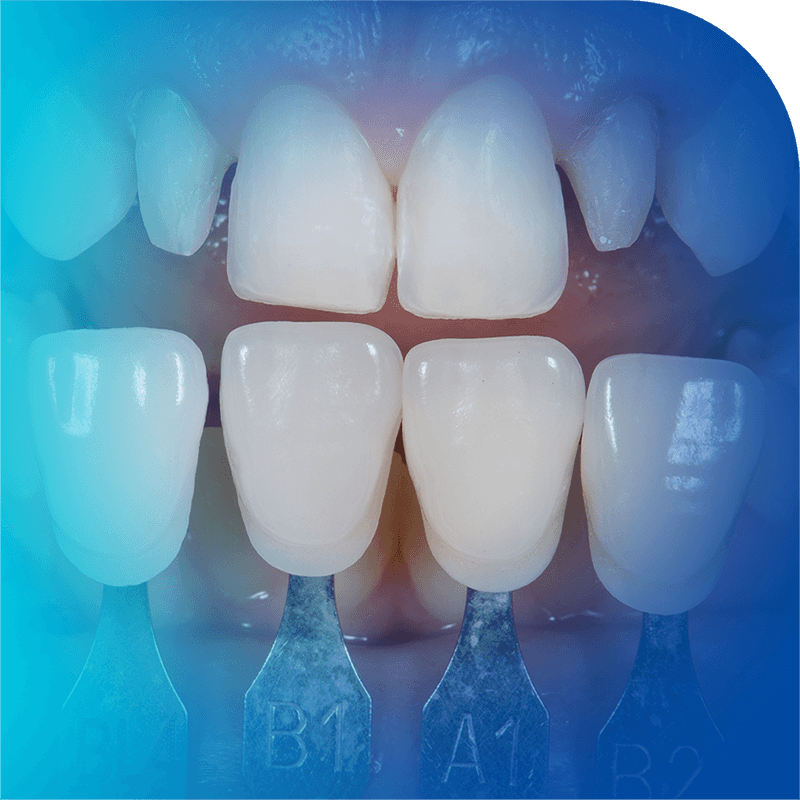
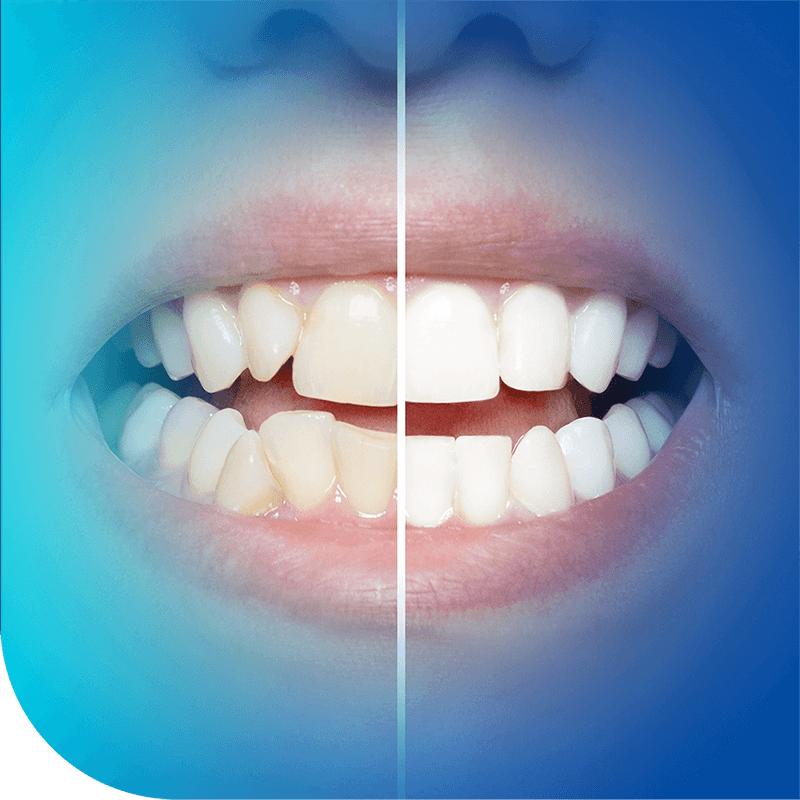
Zirconium Veneers
Heating zirconia and oxygen at very high temperatures forms zirconium veneers. The durability, strength, and longevity of these veneers are on par with those of porcelain veneers. The advantage of zirconium veneers is that, unlike porcelain, they do not require extensive shaving of dental enamel during placement.
Dental veneers, for the most part, have an indirect application process. It means that you need two dental visits to get the process done.
Dental Implants
Implants are invasive dental prostheses that go inside or over the jawbone. They are most commonly used to replace a missing tooth or teeth.
Dental implants, constructed from titanium, consist of the following parts: The implant drills the root into the jawbone, places the visible abutment over the bone, and secures the crown or artificial tooth with a screw.
Dental implants have two types:

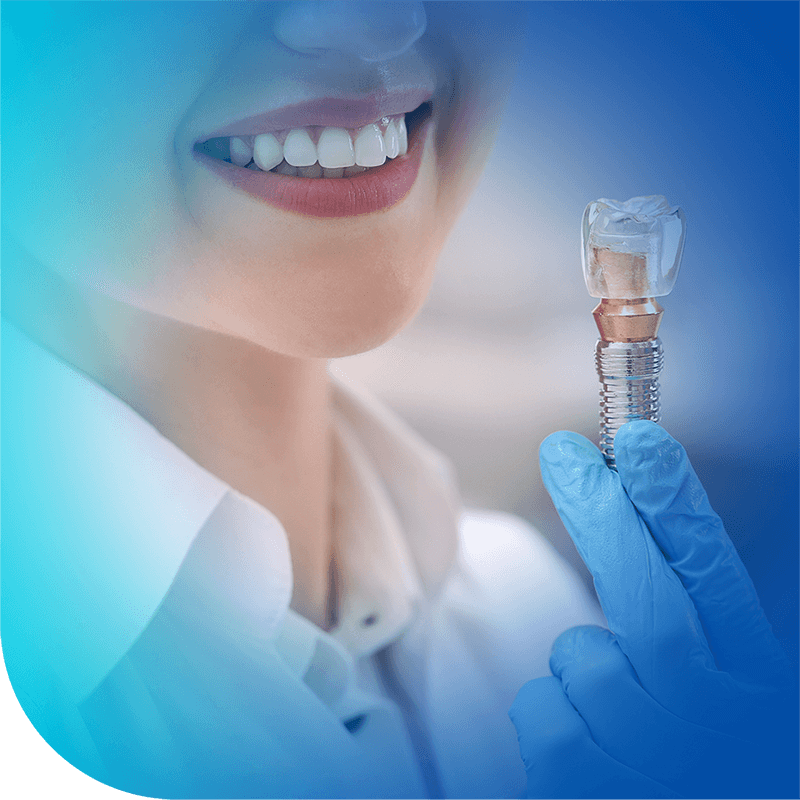
Endosteal Dental Implants
During the healing period, the jawbone grows around them, permanently fixing them in place. These act as posts for crowns, artificial teeth, dentures, and bridges.
Subperiosteal Dental Implants
This type of dental implant is suitable for cases where the height of the jawbone is not sufficient. These go over the jawbone and under the gum tissue, and they usually serve as posts for dentures and crowns to replace multiple teeth.
We allow the dental implants to fully heal after application before fixing the crowns, dentures, bridges, etc. in place. We use acrylic dental prostheses to maintain function during the recovery period.

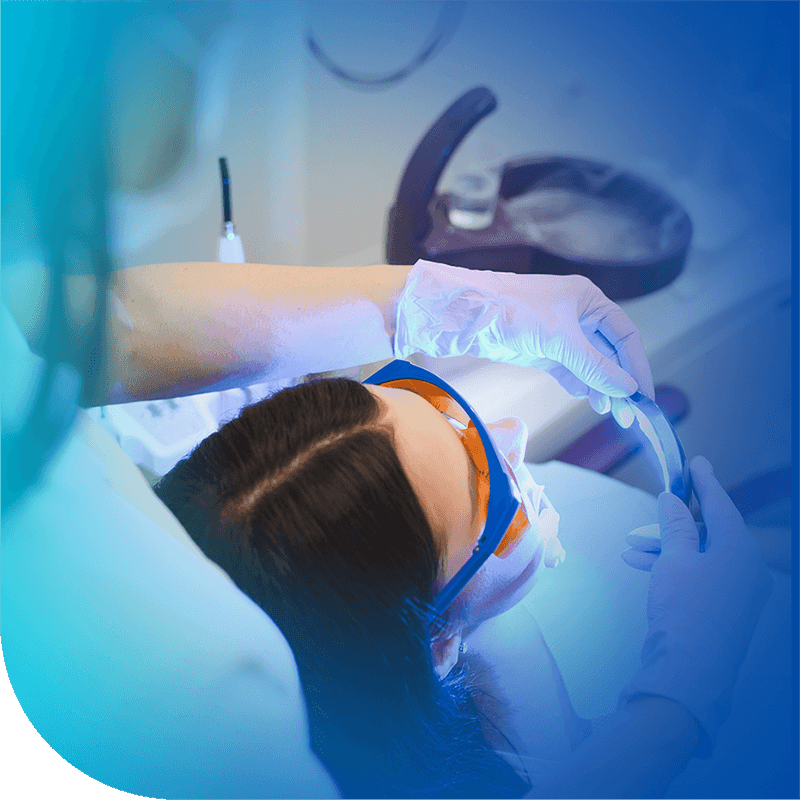
Teeth Whitening and Bleaching
A teeth-whitening and bleaching procedure aims to address dental discoloration and stains. Your dentist prescribes custom dental whitening kits that you can use either in a dental office or at home for the teeth-whitening process.
This procedure employs bleaching materials such as hydrogen peroxide or carbamide peroxide to whiten teeth and remove stains. You can either whiten your teeth at home with common dental whitening kits or at a dental clinic with an expert. The only difference is the concentration and type of bleaching material.
Your dentist will most likely use hydrogen peroxide during an in-office teeth-whitening session, and home kits include carbamide peroxide as the bleaching agent.
There are different non-prescribed whitening materials, like toothpaste and mouthwash, to use. The whitening effect of those products is temporary and will not last once you discontinue use. Some products may even contain abrasives, which may lead to enamel damage after long-term use.
Smile Design
A smile design, also known as a Hollywood smile design, uses a variety of cosmetic dental procedures to restore the aesthetics of the teeth and gums. This includes altering the shape, color, position, and size of the teeth and gums to achieve a perfect and dazzling smile.
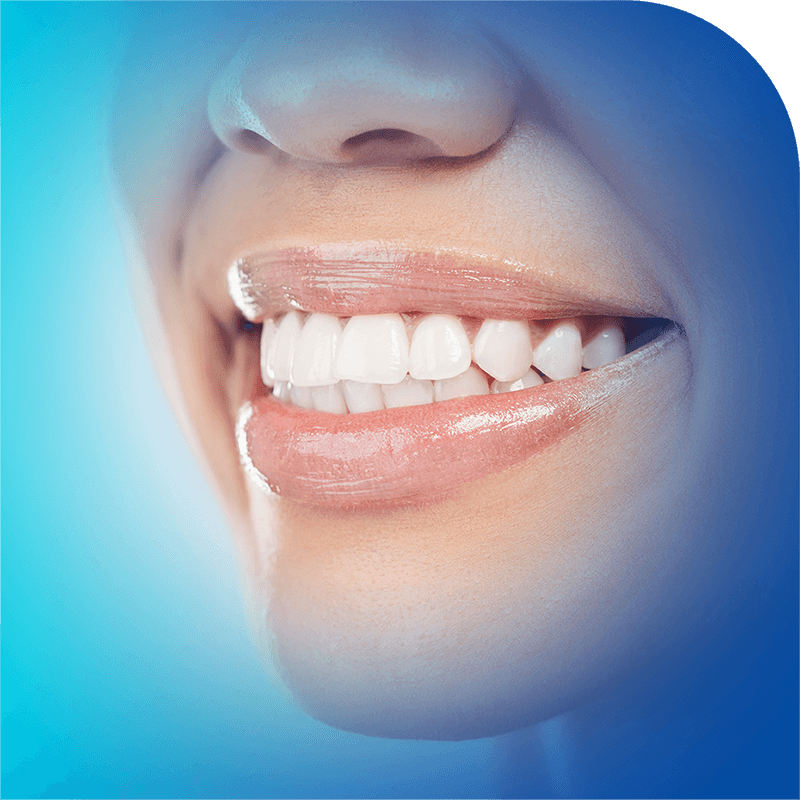
Benefits of Cosmetic Dentistry
Cosmetic dentistry has a meaningful impact on the aesthetics of the smile. It has many benefits for the health and appearance of the oral cavity and its structures. These include:
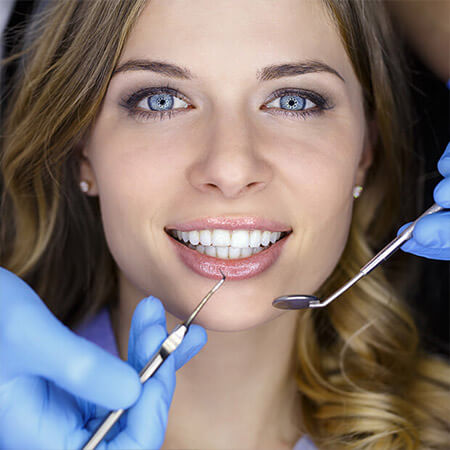
Radiant Smile
Cosmetic dentistry aims to restore and renew the smile. Cosmetic procedures will repair the structure damage and replace the offending teeth with veneers, crowns, implants, etc., to ensure an aesthetically pleasing, symmetrical, and radiant smile.
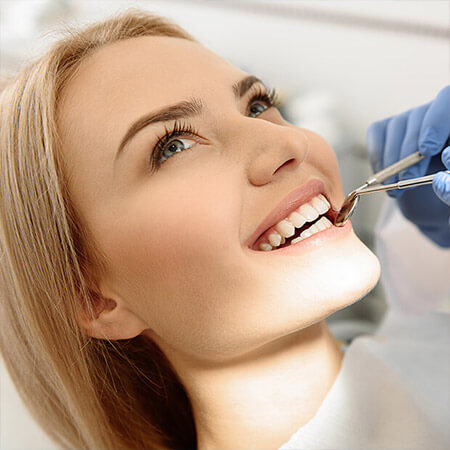
Healthy Teeth and Gums
Cosmetic dentistry not only improves the look of the teeth, but it also brings a positive change to the overall health status of the teeth and gums. Cosmetic dental procedures lead to healthier teeth and gums by taking care of the accumulation of plaque, tartar, and dental caries.
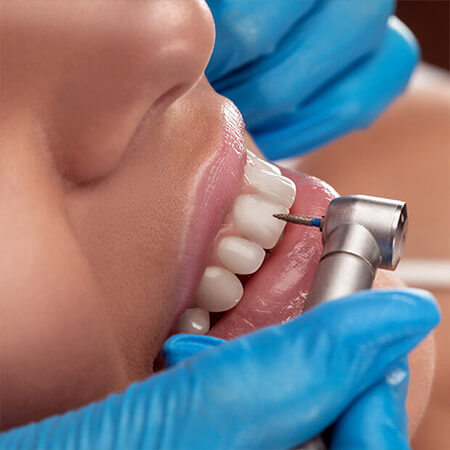
Long-lasting Outcomes
Cosmetic dentistry uses durable and standardized materials for its aesthetic procedures. The quality of the materials determines the durability of outcomes, and if you maintain them properly, results will last longer.

Improves Bite
Bite problems affect the smile's symmetry, make it difficult to chew properly, and may even lead to changes in the shape of the face and jaw with time. Cosmetic dentistry improves function and aesthetics by treating overbites and other bite-related issues.
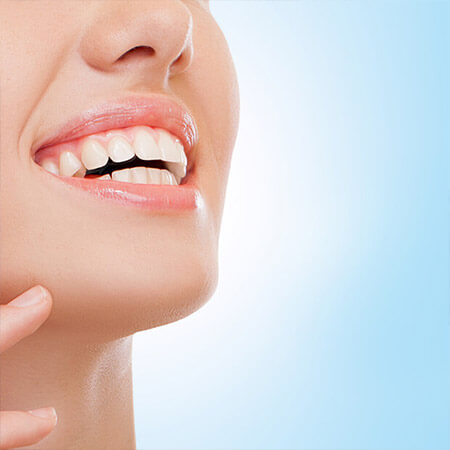
Fortifies Tooth Fractures
Breaks, chips, and cracks compromise the structural integrity of the teeth, as well as ruining the natural beauty of the smile. Cosmetic dentistry restores the structure and size of such teeth to add strength and longevity.

Effective for Discolored Teeth or Replacing Teeth
Cosmetic dentistry is the best option for replacing missing or damaged teeth. Dental prosthetics in cosmetic dentistry are similar to natural teeth, both in terms of function and appearance.

Confidence Boost
Cosmetic dentistry brings balance and brightness to the teeth. An even, pearly-white smile boosts your self-esteem and helps you face any social or professional event with ease and confidence. Although cosmetic dentistry focuses on the smile's aesthetics, restorative procedures such as dental bonding or braces also help to improve the smile's appearance.
What is Cosmetic Dentistry?
Cosmetic dentistry is a field or subspecialty of dentistry. It aims to make the appearance and function of teeth better. In addition, it addresses the health of the gums and bite.
Cosmetic dentistry mainly focuses on developing the aesthetic side of teeth, such as morphology, position, color, and symmetry, to improve the whole appearance of a smile. Dentists perform some dental procedures, such as bleaching, while cosmetic dentists, orthodontists, or prosthodontists perform other dental aesthetic and functional procedures.
Cosmetic & Advanced Dentistry: History and Incidence
The ancient Egyptians and Romans were the first to attempt tooth replacement and restoration. The 1980s saw the invention of resin cement, a bonding material, which increased cosmetic dentistry’s popularity. The 20th century is when the golden age of cosmetic dentistry began; since then, the sub-specialty has come a long way toward modern dental prosthetics and restorative procedures.
According to global estimates, cosmetic dentistry is expected to grow by 32 billion dollars by 2026.


Who Can Benefit from Cosmetic Dentistry Services?
Those suffering from the following conditions can benefit from undergoing cosmetic dental treatments:
- The teeth may sustain structural damage, such as chips, cracks, or breaks.
- Noticeable gaps between teeth
- Diet, poor hygiene, medications, or trauma are all potential causes of discoloration or dental stains
- Malpositioning of teeth
- Abnormal dental shape
- Dental decay and caries
- Some teeth may be missing for any reason.
- Gingival recession
- Overbites
In short, if you have excellent dental health, you can opt for any necessary cosmetic dentistry procedure. First, your dentist will treat any gum or tooth infections, and then you can get cosmetic dentistry.
What Are the Common Materials in Cosmetic Dentistry?
The rise in cosmetic dentistry is due to advances in materials and facilities, leading to safer and more natural-looking outcomes. The versatile range of materials in cosmetic dentistry makes treatment results more durable, adaptable, accessible, and long-lasting. The materials commonly used in cosmetic dentistry are as follows:
Porcelain
Porcelain is one of the most preferred materials in the cosmetic dentistry industry. The industry prefers porcelain due to its long-lasting and strong nature.
Several different types of porcelain are used to make implants, veneers, crowns, dentures, or other construction materials.
Porcelain allows for light transmission, and it is straightforward to color and shade match with natural teeth.
Composites
Composite is a resin-based material that is a mix of several other materials, such as glass, minerals, polymeric matrix, etc. Dentists use it to fix and restore structural issues like breaks and cracks.
Zirconium
Dental zirconium is made of zirconium oxide, which is produced by heating zirconia and oxygen at very high temperatures. Zirconium is known for its strength and longevity. It is a component of bridges, veneers, and crowns.
The appearance of zirconium dental prosthetics is very similar to that of natural teeth.
Titanium
Dentists use titanium to make implants. The strength of titanium ensures that an implant is sufficiently resistant to wear and tear and highly durable.
Bonding Cement
Bonding, or dental cement, is a vital point in cosmetic dental procedures. It is usually resin-based, ensuring that cosmetic dental prosthetics like veneers stick to the underlying teeth and form a strong bond.


What is the Recovery Period for Cosmetic Dental Procedures?
Cosmetic dentistry is a broad field that includes a variety of dental procedures to improve your smile’s aesthetics. Depending on the type and extent of the dental procedure and the number of supportive treatments, the recovery period may be short or may last for several months.
Some dental procedures include an interim recovery phase and additional treatment before the procedure is complete. This adds to the overall recovery time. (e.g., dental implant application)
Whitening and bleaching treatments have evolving outcomes, and it takes about 4 weeks for the final color of the teeth to appear.
The recovery period for cosmetic dental procedures is not constant; it may be as short as 3–4 hours or may last for several days or even months. The expert dental practitioners at Cinik Dental counsel patients in detail about a safe and uneventful post-treatment recovery experience.
What to Consider Before Having Cosmetic Dentistry
All cosmetic dentistry procedures are not minimally invasive. Extensive dental cosmetic work is a surgical procedure that carries the same risks. Compared to conventional dental work, some disadvantages are specific to cosmetic dentistry. The risks and disadvantages of cosmetic dentistry are as follows:
- The insurance coverage for cosmetic dental procedures ranges from partial coverage to no coverage, depending on the country of residence. This adds to the procedure’s average cost and accessibility.
- Cosmetic dentistry involves surgery and anesthesia (sedation, local anesthesia), so the associated risks are also part of cosmetic dentistry.
- The changes to the teeth made during cosmetic dentistry to accommodate prosthetics are permanent.
- Veneers, crowns, implants, etc., though permanent, may require replacement down the line.
- You can’t skip a proper oral hygiene routine post-treatment, as it may affect the longevity of the dental prostheses.
- If you want to do your dental cosmetic procedures at a medical tourism destination, you must do extensive research to select a reputable dental practice.
- Individuals may be allergic to one or more materials used in cosmetic dentistry, like latex or acrylates. It is paramount for both the patient and dental practitioner to discuss all documented allergies in depth.
- Potential damage to the surrounding structures may happen during cosmetic dental procedures.
- There is always a risk of post-treatment tooth sensitivity in cosmetic dentistry. The good news is that it varies from person to person and improves over time.
- Enamel shaving during cosmetic dental procedures is irreversible and decreases the natural tooth enamel.
- Inadvertent exposure to irritants, such as bleaching agents, may cause gingival irritation.
- If the size of the dental prosthetics is not according to the pre-treatment measurements, it may lead to issues with bite and overall appearance.
- Patient dissatisfaction becomes an issue when the potential outcomes are not discussed properly in the beginning.
Anyone can benefit from cosmetic dentistry as long as they have excellent oral health and understand any existing risks and possible outcomes.


Work With Professionals
While researching dental practitioners for cosmetic dentistry procedures, you may come across all these designations. The technical titles and overlap in procedures can lead to confusion. Simply put:
A dentist is a general dental practitioner. They diagnose and treat common dental issues like infections and cavities. In addition to performing tooth cleaning, extractions, fillings, crowns, bridges, and root canals, a dentist also treats gum disease and temporomandibular joint disorders.
Conversely, a cosmetic dentist becomes an expert in cosmetic dentistry. They will apply dental procedures that improve the aesthetics of the smile, including the gums and lips. These procedures include veneers, implants, gingival contouring, dental laminates, smile makeovers, etc.
A prosthodontist specifically deals with dental prosthetics like implants, veneers, dentures, braces, etc. Since prosthodonticians and cosmetic dentists share many skills, most people can’t tell them apart. A prosthodontist’s qualifications center around dental restorative procedures.
An orthodontist, on the other hand, treats tooth malpositioning and malocclusion.
The Future of Cosmetic Dentistry
The future of cosmetic dentistry in the world is bright due to consistent technological advances and improvements in the materials and techniques of various procedures. Technology such as 3D printing and digital smile design is changing cosmetic dentistry procedures, leading to faster recovery times and longer-lasting outcomes.
The role of lasers in cosmetic dentistry, along with the use of artificial intelligence technology (AI), is part of the latest advancements in this field.
European and American dental services may be expensive for you. With technological improvements, they will be cheaper in the future. For now, you can benefit from affordable Turkish cosmetic dentistry services.
Fill out the form on this page, and our experts will reach out to you in 24 hours.


Get in touch with us
Free Consultation
You can make an appointment with our health consultants by filling out the form below.
FAQs
Frequently Asked Questions
What is the difference between a regular dentist and a cosmetic dentist?
A conventional dentist treats diseases of the teeth and gums as well as performs other procedures like extractions, fillings, crowns, and so on, whereas a cosmetic dentist specializes in cosmetic dentistry.
Are cosmetic dental treatments permanent?
Yes, cosmetic dental treatments are permanent. You cannot restore the pre-treatment appearance of your teeth. It is essential to fully understand the procedures before making a decision. To learn more, consult your dentist or cosmetic dentist.
Is cosmetic dentistry for children?
Although cosmetic dentistry is for everyone, it is better to wait until your teeth and gums reach maturity. This will reduce the incidence of post-treatment misalignments and the need for replacements.
Is cosmetic dentistry affordable?
The affordability of cosmetic dentistry varies with location, insurance coverage, type of procedure, and the extent of dental intervention. For affordable cosmetic dentistry procedures, you may consider reliable medical tourism destinations like Turkiye.
Are cosmetic dentistry and restorative dentistry synonyms?
Restorative dentistry and cosmetic dentistry represent distinct concepts. Cosmetic dentistry deals with the shape, size, color, and position of the teeth, whereas restorative procedures address conditions such as tooth decay, damage, and the replacement of missing teeth.
Are cosmetic dental procedures safe?
Yes, cosmetic dental procedures have a high safety index if proper rules and regulations are followed. Cosmetic dentistry procedures, like any other dental procedure, require the expertise of qualified and experienced dental practitioners. To ensure a safe and reliable outcome, the dental clinic should have all the necessary equipment and technology.
What is the level of discomfort or pain after cosmetic dentistry?
Minimally invasive procedures like dental veneers or teeth whitening are virtually painless, and little to no anesthesia is required. In certain severe cases, physicians may combine sedation and local anesthesia. Soft tissue manipulation may cause mild pain and discomfort post-treatment, which OTC or over-the-counter pain medication can treat.
Is general anesthesia used in cosmetic dentistry?
The use of general anesthesia in cosmetic dentistry is rare. We only use it for extremely uncooperative patients, individuals with medical conditions like uncontrollable tics, or highly anxious patients.
Is there a specific age range for those who want to benefit from cosmetic dentistry?
Although there is no specific age range for cosmetic dentistry procedures, it is better to avoid manipulating healthy teeth and gums during adolescence. Before undergoing a cosmetic dental procedure, we thoroughly examine individuals over 70 years old for any age-related erosion and decay.
Do I have to repeat my cosmetic dental treatment?
Repeating some cosmetic dental procedures, such as teeth-whitening and bleaching treatments, is necessary to restore optimum results. Others (implants, crowns, and bridges) may need replacement in cases of structural damage due to improper maintenance or poor oral hygiene.



